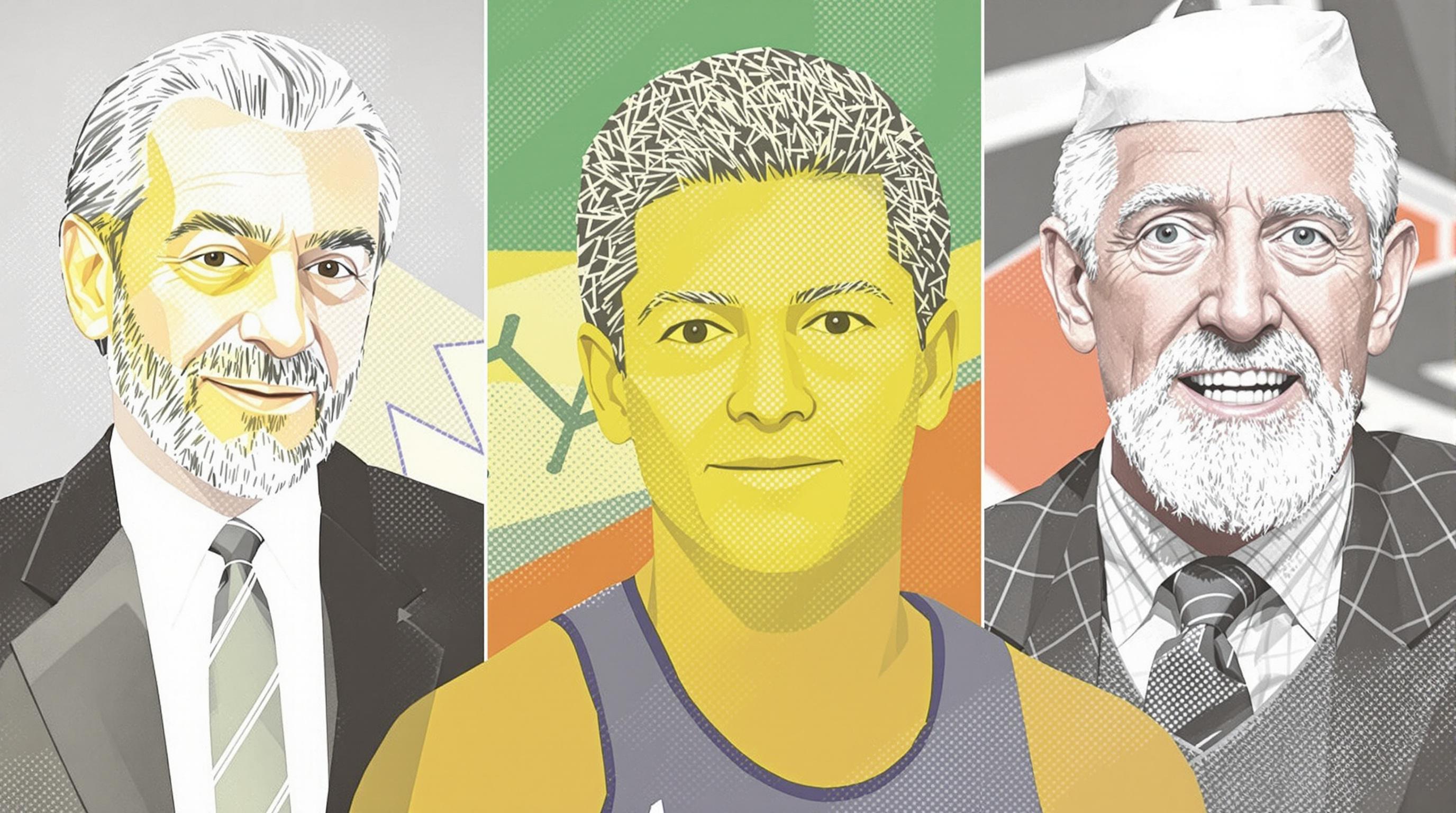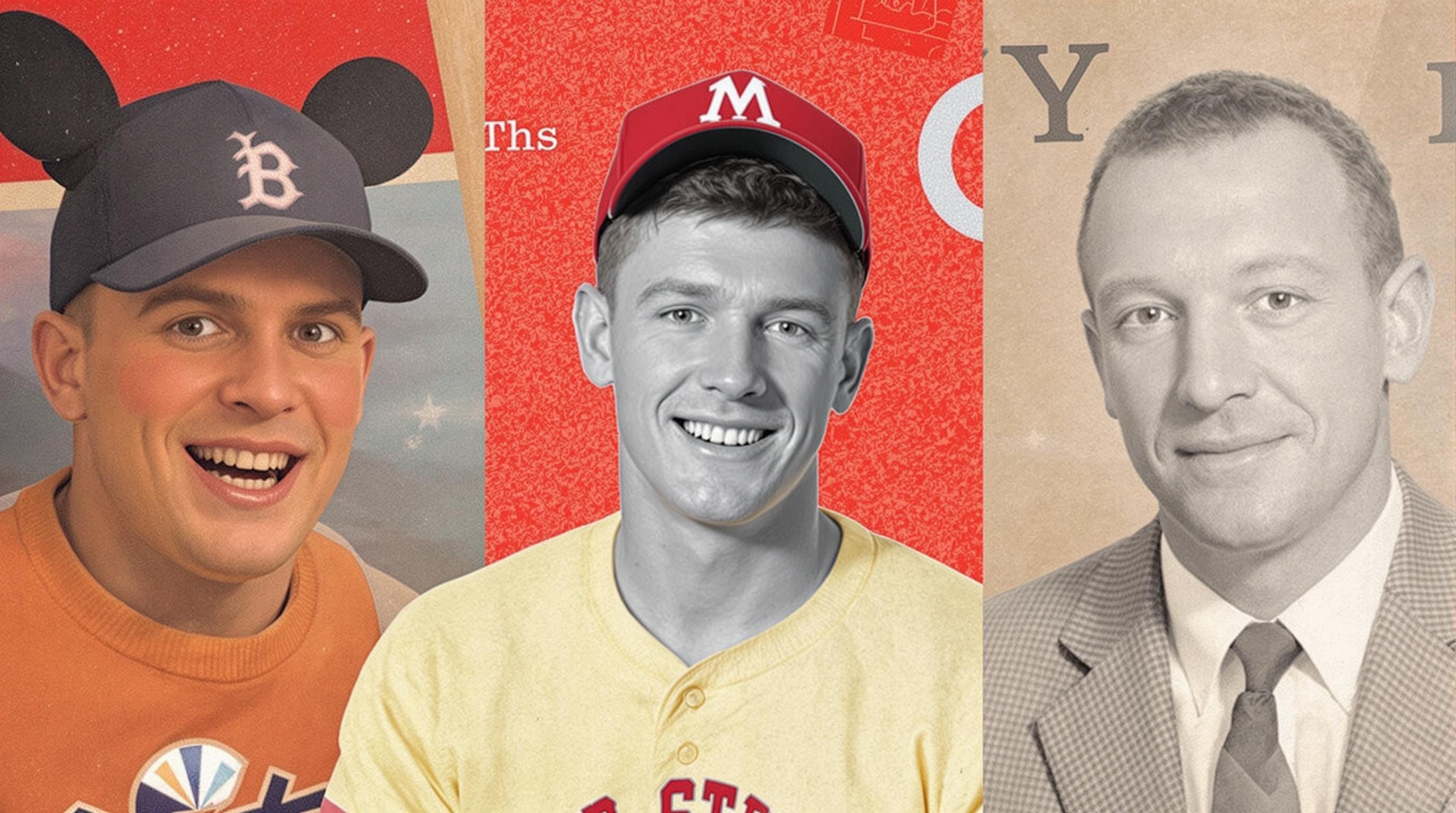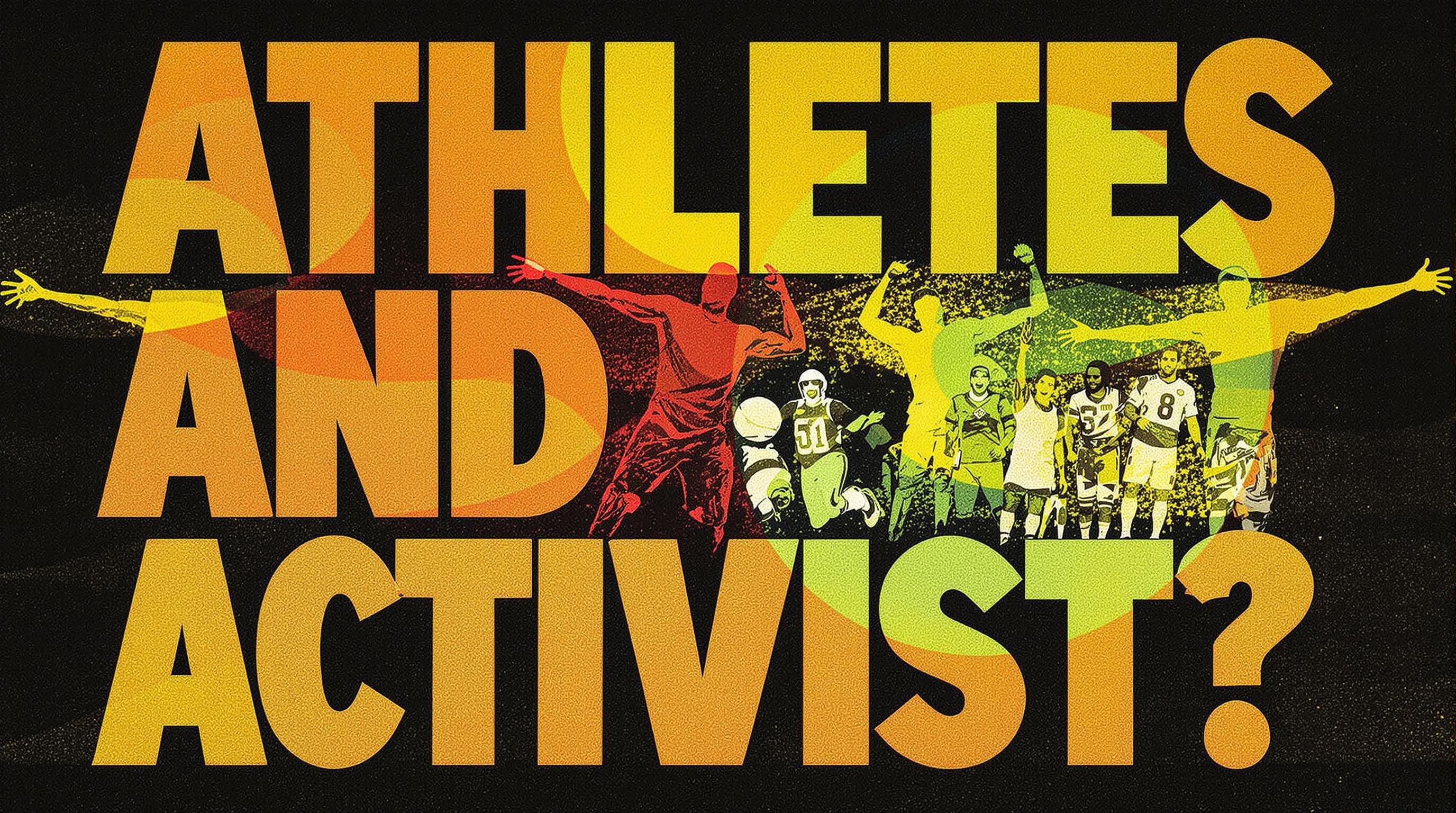Related Articles
- Cultural Collisions: How Colonialism and Conquest Transformed Games and Their Rules Across Continents
- The Eccentric Anomalies of Game Etiquette: Odd House Rules That Defied Generations
- Unveiling the Unconventional: The Role of Secret Societies in Shaping Game Regulations Across Time
- Revisiting the Cultural Phenomenon: How Iconic Championships Influenced Fashion Trends on and off the Field
- Revisiting the Aftermath: How Championship Wins Shape Community Identity and Local Economies
- The Role of Unexpected Weather Events in Shaping Championship Outcomes: A Tidal Wave of Influence
Unveiling the Unseen: How Legendary Athletes Shaped Cultural Movements Beyond the Arena
Unveiling the Unseen: How Legendary Athletes Shaped Cultural Movements Beyond the Arena
Legendary athletes have transcended their sports to become influential figures who shape cultural movements and societal norms. This article delves into the diverse ways these athletes have impacted history, from civil rights advocacy to fashion trends, showcasing their roles as cultural icons.
The Power of Sport as a Cultural Catalyst
To understand the profound influence of legendary athletes, one must first recognize the power of sport itself. According to a study from the Journal of Sport and Social Issues, over 80% of people globally identify with a sporting event or athlete, highlighting how sports serve as a common cultural language that bridges divides and fosters community (Griffin, 2020).
Take Muhammad Ali, for instance. Beyond his prowess in the boxing ring, Ali became a voice for social change, using his platform to advocate for civil rights and religious freedom. His refusal to be drafted during the Vietnam War was not only a personal stand but became a rallying point for many who opposed the war and fought for equality. Through his charisma, Ali reshaped perceptions about race, religion, and patriotism, standing as a beacon of hope during tumultuous times.
In a less formal and more humorous analysis, one could argue that athletes like Michael Jordan are the original fashion influencers. When Jordan stepped onto the NBA court, he did so in iconic Air Jordans that not only dominated the basketball scene but also sparked a global sneaker culture. The Nike Air Jordan line raked in a staggering $3 billion in revenue within a decade, proving that an athlete's flair can revolutionize fashion (Nike Corporate, 2021). The world of fashion had never seen such an impact from an athlete before—a clear sign that their reach extends far beyond the arena.
Case Study: LeBron James and Social Activism
LeBron James is another prime example of an athlete who has wielded his influence outside of the game. With a reported worth of over $500 million, James invests heavily in educational initiatives, such as the "I PROMISE School" in Akron, Ohio. He has also been an outspoken advocate for social justice, particularly in the wake of events like the Black Lives Matter movement. In 2020 alone, James used his platform to promote voter registration, mobilizing over 1.5 million people to the polls, demonstrating how athletes can serve as catalysts for political change (Smith, 2021).
Women Athletes Breaking Barriers
Turning the lens on female athletes, Serena Williams stands tall as a cultural icon who has redefined norms within and outside of sports. Known for her formidable presence on the tennis court, Williams has also made waves in discussions about body positivity and gender equality. When she wore the black catsuit at the 2018 French Open, it was seen not just as a symbolic piece of clothing but as a declaration of empowerment. Williams challenged outdated notions of femininity, proving that strength comes in many forms and should be celebrated (Johnson, 2022).
Influence on Youth Culture
Athletes also play a crucial role in shaping youth culture and aspirations. According to a survey conducted by the National Sporting Goods Association, around 35% of teens in the U.S. aspire to be professional athletes, with the top inspirations being basketball and soccer players (NSGA, 2021). The dream of emulating their favorite players has fueled sports participation rates among youth, encouraging them to adopt healthy lifestyles and persistence in the face of challenges.
In a conversational tone, it's not just about the accolades or the trophies; it's about what these players represent to millions of young fans. Athletes like Tom Brady or Lionel Messi provide glimpses of what hard work and dedication can yield—not just in sports but in life. Growing up, many looked up to these figures, emulating their work ethics and striving for personal excellence.
Sports Blurring Societal Lines
At various points in history, sports have served as a great equalizer, bringing together individuals from wildly different backgrounds. The event that comes to mind is the 1966 World Cup, where England's victory ignited a sense of national pride and unity. Such moments highlight how sports can blur societal lines, fostering a collective identity that stands the test of time.
Additionally, let’s talk about the cultural revolution sparked by the 1980s NBA. When players like Larry Bird and Magic Johnson entered the league, they didn’t just play basketball; they created a spectacle that captivated millions. Their rivalry at a time when America was facing economic challenges reignited interest in basketball, leading to the “NBA Magic” we see today—complete with media empires, merchandise, and global outreach (Lutz, 2019). Who knew dribbling a ball could foster transatlantic relationships?
Political Movements and Athlete Advocacy
Browse through history books, and you will find numerous examples where athletes have stepped into politics; such was the case with the 1968 Olympics. Tommie Smith and John Carlos made headlines when they raised their fists in the Black Power salute during the medal ceremony. This act of solidarity was not merely a gesture but a powerful statement that called attention to racial discrimination in the United States. Their legacy endures, as they are celebrated not just for their athleticism but for their courage to stand against social injustice (Klein, 2017).
- Smith: "We had to pay attention to what was happening in the world."
- Carlos: "We were representing more than the Olympic spirit."
The Ripple Effect of Athletic Influence
The ripple effect of an athlete's influence can be seen in various facets, from grassroots movements to corporate engagement. The rise of players like Colin Kaepernick has sparked extensive dialogues surrounding social injustice, urging corporations and brands to rethink their social responsibility strategies. Brands such as Nike, recognizing the weight of Kaepernick's activism, stood by him despite facing backlash, ultimately causing an uptick in sales and solidifying their stance on social issues (Business Insider, 2019).
It’s not solely limited to grand statements either. Even in local contexts, athletes are leading community-building activities, from sponsoring youth leagues to supporting local charities. Sports stars have become vital in mobilizing both attention and resources for societal benefits. Their endorsement can be the difference between a failed fundraiser and a successful charity endeavor.
The Future of Athletic Influence
As we move forward, the line between sports and activism continues to blur. Gen-Z athletes are more vocal than ever, integrating their platforms with causes important to them. With a staggering 90% of young adults in the U.S. believing athletes should use their platforms for activism, the future is brimming with possibilities (Pew Research Center, 2022). From mental health advocacy to climate change initiatives, the next generation of athletes is ready to tackle challenges that extend far beyond the playing field.
In exploring this altogether, one cannot help but ask: will the coming athletes build upon the legacy of their predecessors, or will they forge an entirely new narrative? One thing is clear: the influence of athletes will not fade away; in fact, it has the potential to continue evolving into something far more impactful.
Conclusion: Beyond the Scores
The cultural movements shaped by legendary athletes serve as a reminder that their influence transcends mere statistics and game scores. They challenge us to think beyond the arena, to consider how individuals wield their platforms for broader societal growth. With every leap in the air for a dunk, every swift kick of a soccer ball, and every whack of a tennis racket, athletes continue to inspire change, challenge norms, and carve pathways for future generations. So, while their artifacts may collect dust, their legacies flourish, altering how we view sports—and life—as a whole.



